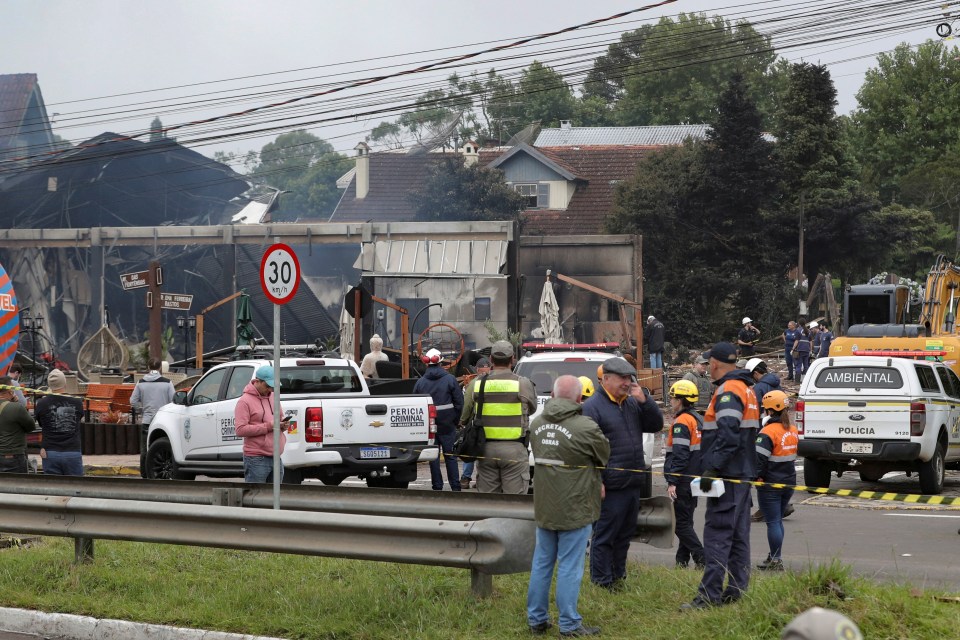Discover top most dangerous volcanoes in the world
Volcanoes, while fascinating geological formations, can also be among the most hazardous natural phenomena on Earth. The danger of a volcano is often determined not just by the frequency and magnitude of its eruptions, but also by the potential impact on nearby populations and global climate.
This article explores some of the most dangerous volcanoes in the world, highlighting the threats they pose and the reasons behind their fearsome reputations.
1. Mount Vesuvius, Italy
- Historical Infamy: Vesuvius is notorious for the AD 79 eruption that destroyed the Roman cities of Pompeii and Herculaneum.
- Current Threat: With millions of people living in the vicinity of Naples, an eruption today would have catastrophic consequences.
2. Yellowstone Caldera, USA
- Supervolcano Status: Known for its massive eruption capability, Yellowstone’s last super-eruption occurred approximately 630,000 years ago.
- Global Impact: A future eruption could potentially affect global climate, leading to a volcanic winter.
3. Mount Merapi, Indonesia
- Frequent Eruptions: Merapi is one of the most active and dangerous volcanoes in Indonesia, with regular eruptions posing a constant threat to nearby communities.
- High Risk: Dense population centers near the volcano, including the city of Yogyakarta, heighten the risk of casualties during eruptions.
4. Popocatépetl, Mexico
- Active Neighbor: Located near Mexico City, one of the largest cities in the world, Popocatépetl’s activity poses a significant risk to millions.
- Recent Activity: Regular ash emissions and occasional larger eruptions keep the region on alert.
5. Sakurajima, Japan
- Explosive History: Sakurajima’s explosive eruptions, including the significant 1914 eruption, make it a major threat to the nearby city of Kagoshima.
- Ongoing Activity: Regular ash plumes and lava flows are a constant reminder of the volcano’s danger.
6. Mount Nyiragongo, DR Congo
- Lava Lakes and Flows: Nyiragongo is known for its extremely fluid lava that can flow rapidly and reach populated areas swiftly.
- Humanitarian Impact: Eruptions, such as the one in 2002, have led to significant evacuations and loss of life.
7. Galeras, Colombia
- Unpredictable Nature: Galeras has a history of unexpected eruptions, posing a serious threat to the nearby city of Pasto.
- Scientific Study: Despite being closely studied, its eruptions can still catch scientists and residents off guard.
8. Mount Rainier, USA
- Lahar Threat: Rainier is considered one of the most dangerous volcanoes in the USA due to its large amount of glacial ice, which could produce massive lahars (volcanic mudflows) in an eruption.
- Population Risk: The proximity of the Seattle metropolitan area increases the potential impact of an eruption.
9. Taal Volcano, Philippines
- Caldera System: Taal’s location in a densely populated area near Manila, combined with its history of deadly eruptions, marks it as a high-risk volcano.
- Recent Eruptions: The 2020 eruption led to mass evacuations and widespread ashfall.
10. Ulawun, Papua New Guinea
- Eruption Frequency: One of the most active volcanoes in Papua New Guinea, Ulawun’s eruptions can be large and pose significant risks to local communities.
Conclusion
Understanding the dangers posed by these volcanoes is crucial for preparedness and risk mitigation. While the awe-inspiring power of these geological giants captivates us, it also serves as a reminder of the dynamic and sometimes perilous nature of our planet. The study and monitoring of these volcanoes continue to be of paramount importance in reducing the risks they pose to humanity.










